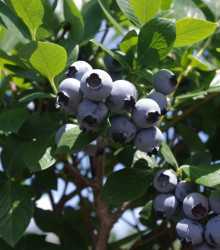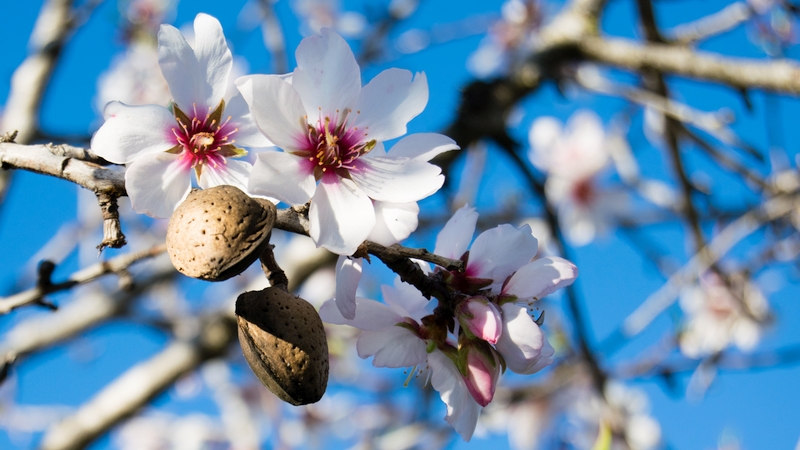New Blueberry Varieties Taking Flight

The six most recent releases from the University of Florida blueberry breeding program also were the final flock of varieties developed by retired breeder, Paul Lyrene. The “Birds,” as they have since come to be known, include ‘FL03-291’ (Bobolink), ‘FL04-235’ (Chickadee), ‘FL96-43’ (Flicker), ‘FL02-40’ (Kestrel), ‘FL01-173’ (Meadowlark), and ‘FL05-627’ (Raven). With this group of blueberries, plant patent protection was granted using the selection number, and the names have been trademarked for commercial use. They are a diverse group of blueberries, and all are now available for license in Florida and other states in the Southeast U.S.
Cool Customers
Chickadee, Flicker, and Kestrel have the lowest chilling requirements of the group. As with many very low-chill blueberries, all three bloom earlier than standards like Emerald and Jewel. Bud and flower damage occurs most years in the Gainesville area due to advanced stages of development during spring frost events, and can be significant in very low-chill years like the 2012 season. Caution should be taken when considering plantings of each of these in more northern areas of Florida. Both Chickadee and Kestrel are very early ripening, while Flicker tends to be early to mid-season ripening (compared to mid to late-season ripening for Emerald and Jewel). Due to their low chilling requirements, all three may have good potential in Central Florida production areas, and have generated interest for use in non hydrogen-cyanamide (evergreen) production systems. Although all three tend to leaf well without hydrogen cyanamide, extremely high crop loads on Flicker have resulted in delayed leafing some years.
Labor Saver
Interest has been high for Meadowlark, in part because of how well it performed in joint UF/UGA machine harvest for fresh market blueberry production trials. Meadowlark has a distinctive, very upright growth habit, loose clusters, and high yield potential. Although the growth habit is desirable for machine harvest, the upright, stout canes have a tendency to pull the whole plant over with heavy ice loads during spring freeze protection. It ripens at least a week prior to Emerald and Jewel, with large, high-quality berries.
Based on early leafing, bloom, and ripening, we assume Meadowlark to have a low chilling requirement. Plantings in Central Florida have just been planted in the past two years that will determine the extent of its production range.
Birds Of A Feather
Bobolink and Raven round out this group of releases. Both have a higher chill requirement similar to Star, and are probably best adapted to areas from Gainesville-north. Bobolink is a vigorous, uniform bush that has had among the best field survival in the breeding program. It is highly deciduous, often dropping its leaves in early winter prior to hydrogen cyanamide application. In previous years, Bobolink has had high yields, but in the 2012 season, yields were greatly reduced, probably due to insufficient chilling. In areas where Star is widely grown, Bobolink is worth trialing. Raven is unique because of its very large fruit size, averaging nearly four grams per berry at the peak of the season. It is late blooming and maturing, which will likely limit production in many areas of Florida. The fruit are firm and Raven has a concentrated ripening season. As with many very large fruit, the scar tends to be larger too.
To obtain a license for propagation of these varieties, or to find licensed nurseries, contact Florida Foundation Seed Producers online at FFSP.net or by phone: 352-392-9446.










